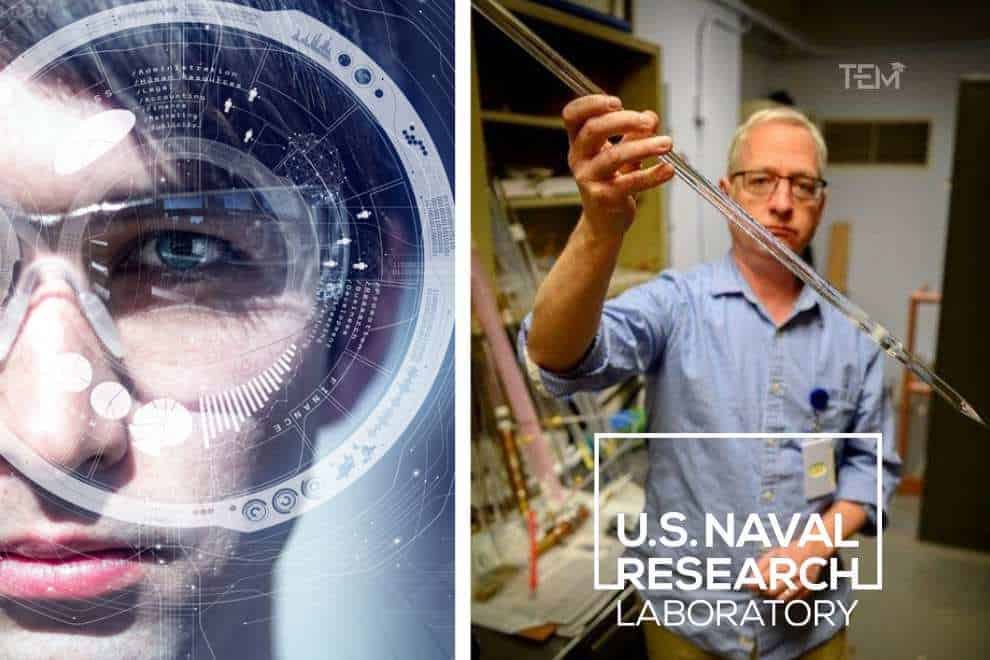The process shields the rare earth ions from the silica
Scientists at the U.S. Naval Research Laboratory have devised “rare-earth-ion-doped fiber” a new process that uses nano-particles to build powerful lasers that are more efficient and safer for eyes.
The process includes laser light pumping a silica fiber that has been infused with rare-earth ions of holmium. Jas S. Sanghera, head of the Optical Materials and Devices Branch stated that scientists have achieved an 85 percent efficiency with this new process.
The beam of achievements
The lasing process relies on a pump source—most often another laser—which excites the rare-earth ions, which then emit photons to produce a high-quality light for lasing at the desired wavelength.
With the aid of a nano-particle ‘dopant,’ they’re able to achieve the 85 percent level of efficiency with a laser that operates at a 2 microns wavelength, which is considered an “eye-safer” wavelength, rather than the traditional 1 micron. Of course, Baker pointed out, no laser can be said to be safe when it comes to the human eye.
The nano-particle doping shields the rare earth ions from the silica. At 2 microns, the silica’s glassy structure can reduce the light output from the rare-earth ions. The nano particle doping also separates the rare earth ions from each other, which is helpful since packing them closely together can also reduce the light output.
Blurred cons needed to resolve
The process has a penalty that it’s never 100 percent efficient. What scientists are putting in is pump energy, not the high-quality light at the wavelength they want. What’s coming out is a much higher quality of light at the specific wavelength that’s needed, but the remaining energy that isn’t converted into laser light is wasted and converted into heat.
That loss of energy ultimately limits power scaling and the quality of the laser light, which makes efficiency especially important.
The danger arises from the potential of scattered light to be reflected into the eye during a laser’s operation. Scattered light from the path of a 100-kilowatt laser operating at 1 micron can cause significant damage to the retina, leading to blindness. With an eye-safer laser, operated at wavelengths beyond 1.4 microns, however, the danger from scattered light is considerably lessened.
“From a fundamental perspective, the whole process is commercially viable. It’s a low-cost process to make the powder and incorporate it into the fiber. The process is very similar to making telecom fiber,” said Sanghera.










